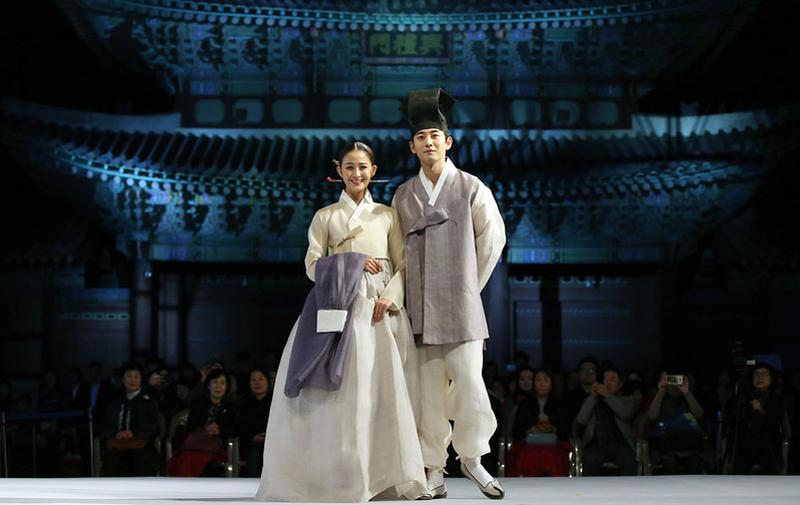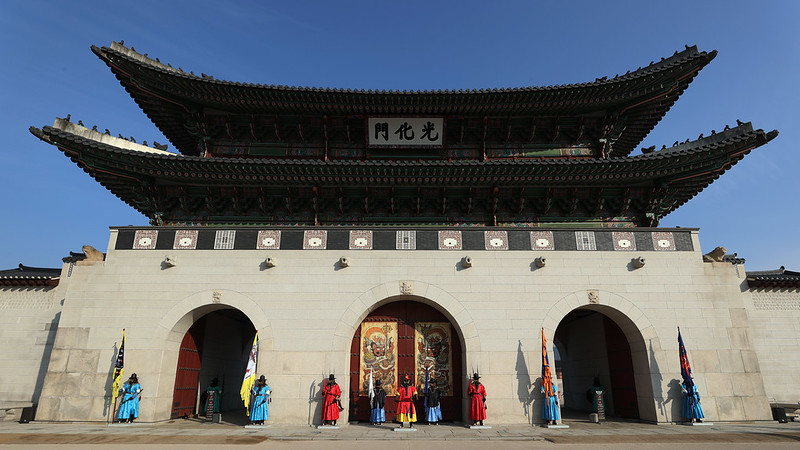
Hanbok, Gyeongbokgung Palace, the Palman Daejanggyeong (Tripitaka Koreana), Baekje Historic Areas and royal cuisine of the Joseon Dynasty plus tteok (rice cake) are this year's five representative items designated to promote Korean cultural heritage to the world.
By Xu Aiying and Yoon Hee Young
Photos = Korea.net DB
Five representative items have been designated this year to promote the value of Korean cultural heritage to the world: Hanbok, Gyeongbokgung Palace, the Buddhist text Palman Daejanggyeong (Tripitaka Koreana), Baekje Historic Areas and royal cuisine of the Joseon Dynasty plus tteok (rice cake).
The Cultural Heritage Administration (CHA) on Feb. 16 said the five were selected based on a survey of an estimated 2,000 Koreans and foreign nationals last year from September to December.
Based on a study of approximately 1,000 expats in Korea, the organization chose 10 pieces of cultural heritage by type, later adding nearly 1,000 opinions from Korean nationals to decide on the final five.
CHA uses the designated items to promote the value of Korean cultural assets. Last year's items were kimchi making, Suwon Hwaseong Fortress, Changdeokgung Palace, and Jeju Volcanic Island and Lava Tubes.

Royal guards at Gyeongbokgung Palace in Seoul's Jongno-gu District on Jan. 27 stand in front of Gwanghwamun Gate, on which two munbaedo paintings hang to ward off evil spirts.
xuaiy@korea.kr